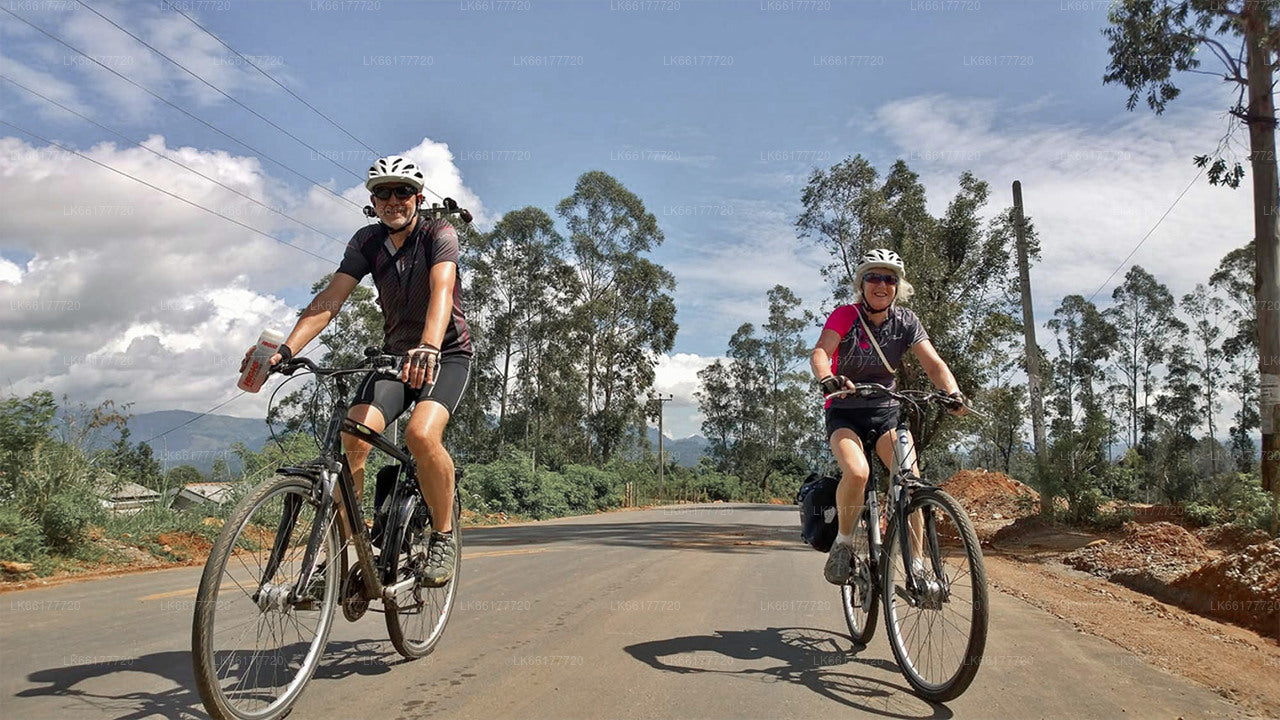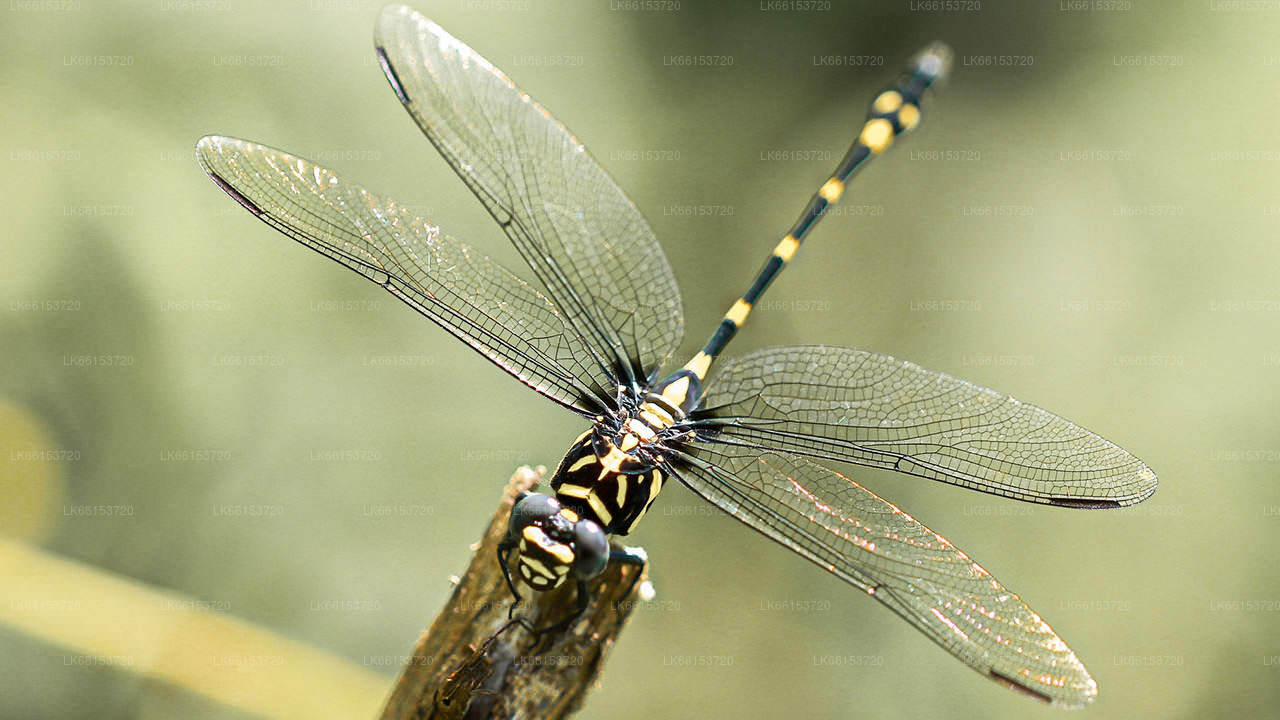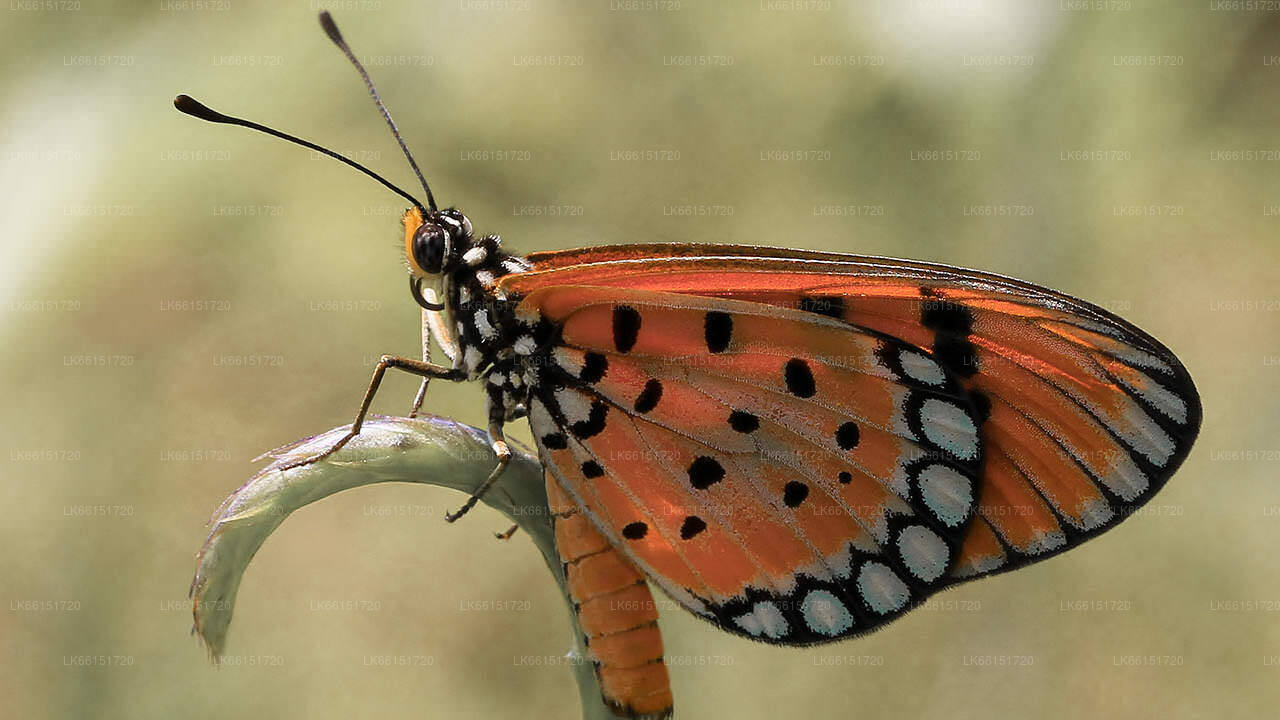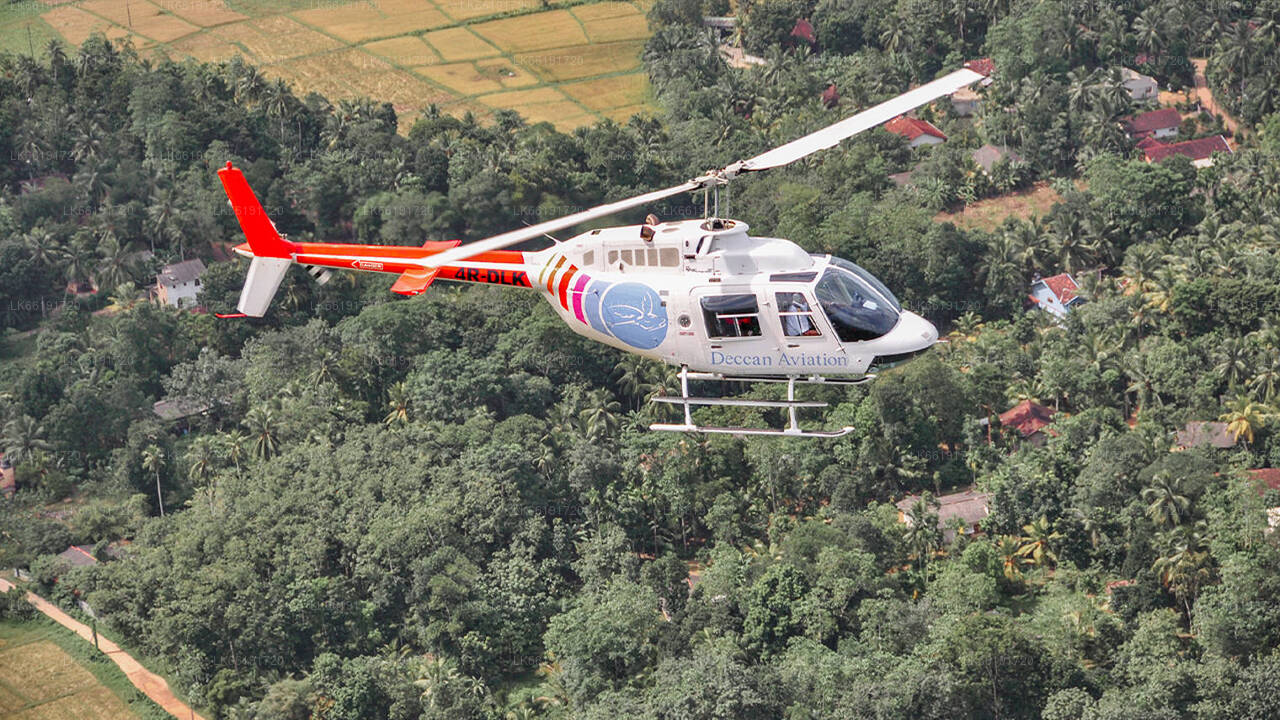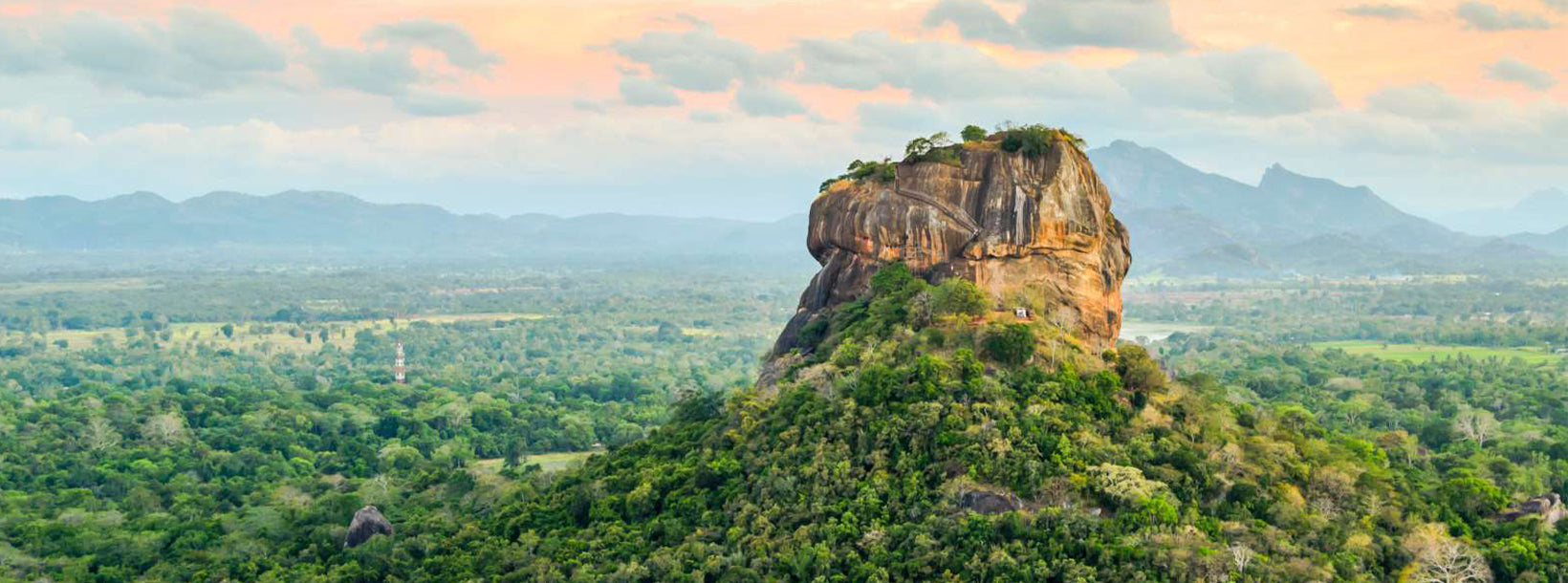
Sigiriya linn
Sigiriya, UNESCO maailmapärandi nimistus Sri Lankal, on iidne kaljukindlus ja palee, millel on vapustavad freskod ja ulatuslikud aiad. See kerkib dramaatiliselt tasandikest ning annab tunnistust saare rikkalikust ajaloost ja arhitektuurilisest leidlikkusest. Avastage Sigiriya lummavat ilu ja kultuurilist tähtsust.
Sigiriya Frescoes
The Sigiriya Frescoes were painted on the western surface of Sigiriya Rock, located in central Sri Lanka. Painted thirteen hundred years ago, they were the highlight of a massive palace complex built in 480AD by King Kasyapa. Today only a few paintings survive, in a small pocket half-way up the rock, about 100 meters above ground.
Protected in this small, sheltered depression a hundred meters above ground, they float effortlessly among the clouds. Some say they are celestial nymphs carrying flowers to shower upon kings and mortals below. Others suggest that they are queens and concubines of Kasyapa’s harem.
The ladies of the frescoes have been the subject of speculation for nearly one thousand six hundred years. They, in turn, have remained silent, smiling enigmatically, their secret intact for over 1,600 years. The names of the ladies and the artists who painted them are lost to history. Their legacy has survived for over half a million days, a testament to the genius of their creators and the king who commissioned them.
Who are the women in the Sigiriya Frescoes?
The rich adornments, sophisticated clothing, lifelike appearance, vibrant use of color, and the true rendition of facial and anatomical characteristics support the view that the artist drew his inspiration from the ladies of King Kasyapa’s court — his harem. The most telling validation of this view is that they all wear a delicate three-circled tattoo around their necks
The prominent but unobtrusive display of this tattoo, worn with pride, was meant to clearly identify these ladies as belonging to the king. They were ladies of the king’s harem, dressed in their finest. They were to be admired but not touched. For this reason, they were depicted in true form, voluptuous and desirable, but shorn of any earthly sexuality. They were not intended to be titillating. Depicted as supernatural beings they are portrayed with flowers to shower upon humans below. They were intended to evoke a sense of wonderment and to project the opulence and grandeur of Kasyapa the all-powerful god-king.
Keskprovintsi kohta
Sri Lanka Keskprovints koosneb peamiselt mägisest maastikust. Provintsi pindala on 5674 km² ja rahvaarv 2 421 148. Mõned suuremad linnad on Kandy, Gampola (24 730), Nuwara Eliya ja Bandarawela. Rahvastik on segu singalitest, tamilitest ja mauridest. Nii mägine pealinn Kandy kui ka Nuwara Eliya linn asuvad Keskprovintsis, nagu ka Sri Padas. Provints toodab suure osa kuulsast Tseiloni teest, mille istutasid britid 1860. aastatel pärast seda, kui laastav haigus tappis kõik provintsi kohviistandused. Keskprovints meelitab ligi palju turiste, mägilinnadega nagu Kandy, Gampola, Hatton ja Nuwara Eliya. Temple Tooth ehk Dalada Maligawa on Keskprovintsi peamine püha paik. Kliima on jahe ja paljudes umbes 1500 meetri kõrgusel asuvates piirkondades on ööd sageli jahedad. Läänenõlvad on väga niisked, mõnes kohas sajab aastas ligi 7000 mm vihma. Idanõlvad kuuluvad keskmise kuiva tsooni, kuna seal sajab vihma ainult kirdemussoonvihmade tõttu. Temperatuurid jäävad Kandys 24 °C ja Nuwara Eliyas, mis asub 1889 m kõrgusel merepinnast, vaid 16 °C vahele. Sri Lanka kõrgeimad mäed asuvad Keskprovintsis. Maastik on valdavalt mägine, sügavate orgudega. Kaks peamist mägipiirkonda on keskmassiiv ja Kandyst idas asuv Knucklesi mäestik.










